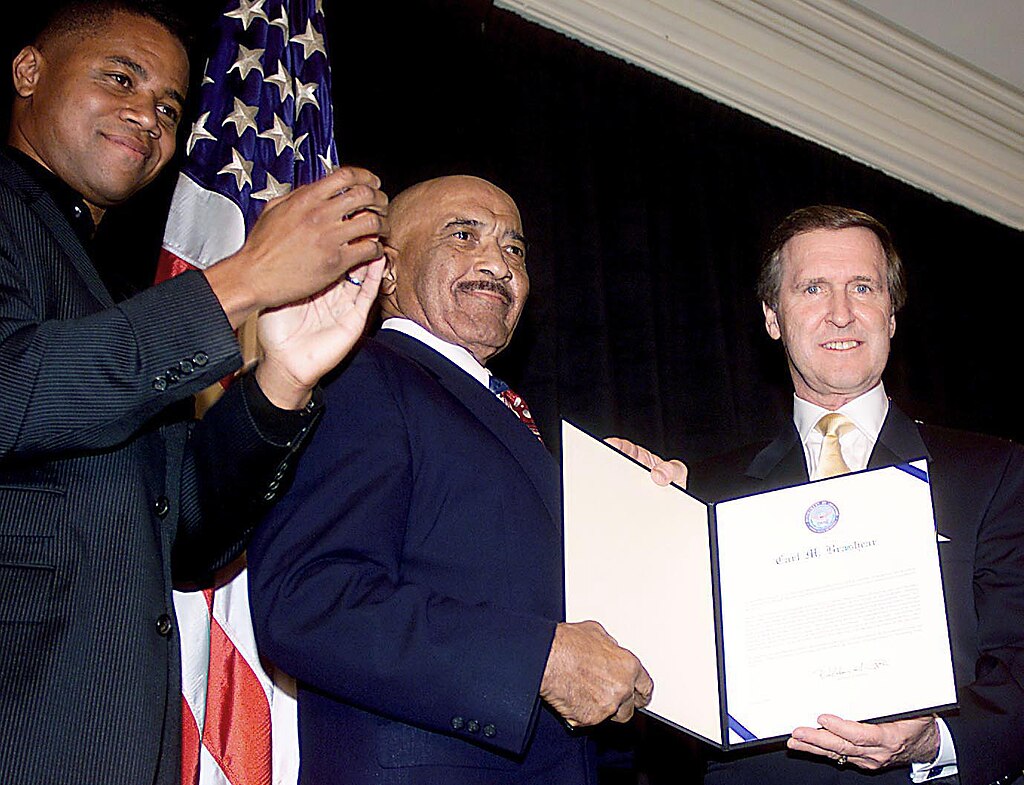After ending World War II with a nuclear attack, the US got embroiled in a Cold War with the USSR. On January 17, when the Cold War was at its peak, the US lost four unarmed thermonuclear bombs when its B-52 bomber collided with a refueling tanker in Spain.
A thermonuclear weapon, also known as a fusion weapon or hydrogen bomb (H-bomb), is a second-generation nuclear weapon design. These bombs are significantly more sophisticated than first-generation nuclear bombs and possess greater destructive power compared to their predecessors.
Their energy release is hundreds to thousands of times more powerful than that of an atomic bomb.
The B-52G had embarked on a mission named Operation Chrome Dome, part of the Cold War airborne alert. Its flight plan took it east across the Atlantic Ocean and the Mediterranean Sea toward the European borders of the Soviet Union before returning home. The lengthy flight required two mid-air refueling over Spain.
The mid-air collision disrupted the missile, leading to the loss of both the aircraft and the nuclear bombs. The accident killed seven crew members, and the bomber’s payload of four hydrogen bombs was strewn across miles of coastline.
Three bombs fell on a nearby fishing village of Palomares in the municipality of Cuevas del Almanzora, Almeria, Spain. Two of them cracked open dispersing plutonium with the wind.

This resulted in the contamination of a 0.77-square-mile (2 km²) area with radioactive plutonium. The contaminated land was partially cleaned, and the US shipped radioactive dirt and debris to America for disposal.
One of the bombs fell into the Mediterranean. Now the hunt was on to find it – along with its 1.1 megaton warhead, with the explosive power of 1,100,000 tonnes of TNT. The team of Carl Brashear, who was the US Navy’s first Black diver, was tasked with retrieving the lost bomb from the depths of the ocean.
Grit Of Carl Brashear
Carl Brashear had already created history by becoming the first black diver of the US Navy.
A month after losing the hydrogen bomb, all the search efforts proved to be desultory. It was then, in February 1966, the US Navy sent USS Hoist and her crew to Palomares, Spain, to help search for a hydrogen bomb. Time was running out for the US, which needed to recover the bomb before another nation could.
On the afternoon of March 23, nearly two and a half months later, the bomb was located. Brashear directed the transfer of a crate to hold the bomb once found, the supply boat parted its mooring line. Brashear rushed to get his sailors to safety.
A steel pipe broke loose, flew across the deck just as Brashear pushed a Sailor out of the way, and struck Brashear. The blow critically injured his left leg.
His leg suffered severe compound fractures to both bones. His leg was amputated below the knee. Brashear not only survived the accident, he went on to become the first amputee diver in the Navy, as well as its first Black master diver.
His life story has been immortalized on the celluloid through the movie Men of Honour.

The Nukes That Were Never Recovered
The Palomares incident was not the only time the US lost a nuke; there have been 32 “broken arrow” incidents when these weapons of mass destruction have been lost. In many cases, they were dropped by mistake or jettisoned during an emergency.
All but three have not been recovered even now. On February 5, 1958, one Mark 15 thermonuclear bomb was lost at Tybee Island, Georgia, when it was jettisoned to reduce the aircraft’s weight to ensure a safer landing.
Then, in December 1965, a B-43 thermonuclear bomb was lost in the Philippine Sea. A bomber aircraft, pilot, and nuclear weapon slid off the side of an aircraft carrier. It was never retrieved.
In 1968, one B28 thermonuclear bomb was lost near Thule Air Base, Greenland. The incident happened when a cabin fire forced the crew to eject, and the bomber aircraft crashed with its nuclear payload onboard.
These incidents came to light when the US Department of Defense declassified them in the 1980s. While the accidents involving American nuclear weapons have come to light, other countries are not so transparent when it comes to nuclear weapons.
In 1970, Russia’s November-class submarine K-8, powered by twin nuclear reactors and armed with four nuclear-tipped torpedoes, sank in the Bay of Biscay, a notorious submarine graveyard.
The region is a treacherous stretch of water in the northeast Atlantic Ocean off the coasts of Spain and France. It is known for its violent storms and has seen many vessels sink.
The submarine was the USSR’s first nuclear attack submarine, and it was diving to take part in the Okean 70 naval exercise. It was then that the K-8 experienced critical fires leading to reactor shutdowns and ultimately sank into deep waters, taking the nuclear payload with it.
- Ritu Sharma has been a journalist for over a decade, writing on defense, foreign affairs, and nuclear technology.
- The author can be reached at ritu.sharma (at) mail.com
- Follow EurAsian Times on Google News




